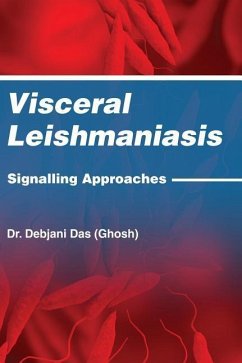Despite all efforts on chemotherapy till date, visceral Leishmaniasis caused by Leishmania donovani still remains fatal and widespread. As an intra-macrophage pathogen, the parasite is most successful in exploiting the host cell metabolism, targeting the host protein into phagolysosomal compartment and modulating its phagosome. Even today, because of the complexity of the disease antileishmanial therapy is an incomprehensible subject. The ground reality is that very few agents have adequately been assessed in clinical trials and the most effective agents have the most potential toxic effects and are difficult to administer. > Although interaction of L. donovani with macrophages is known to be a ligand-receptor interaction, various aspects of macrophage surface receptor biology including: i] modulation of receptors and its effect on the interaction process and ii] receptor signalling involving cell-cell interaction at the surface remain totally untouched. Work in this area will help us to understand the mechanism of controlling the infections and of intracellular survival of this pathogen.
Hinweis: Dieser Artikel kann nur an eine deutsche Lieferadresse ausgeliefert werden.
Hinweis: Dieser Artikel kann nur an eine deutsche Lieferadresse ausgeliefert werden.








